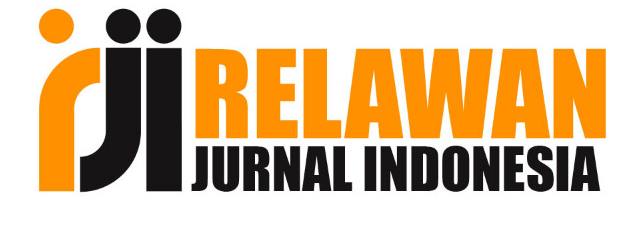AN ANALYSIS OF SLANG EXPRESSION TRANSLATION IN MOVIE
DOI:
https://doi.org/10.36982/jge.v10i1.2160Kata Kunci:
slang expression, translation technique, movie, literatureAbstrak
Slang is a language that is often used in society. The use of this variety of languages shows that there is a fairly good closeness between the speakers in communication. In this research, it is expected to find out how the description of the use of language, especially the existence of Slang. This study applied the Content Analysis technique. The qualitative descriptive approach is used as the research methodology in this study. This is due to the fact that the researcher analyzed the data descriptively and the conclusion was offered in the form of an explanation of words. From the study, it found that the translator tent to use equivalent words that have similarities in meaning between ST and TT, so it guides the audience easily understood the meaning of Slang words. The translator also tends to use ‘softened word’ in TT in order to avoid the vulgarity and rudeness of ST. In contrast, it also found that the translator did some mistakes in translating slang from ST. This mistake can be avoided by the translator by knowing the cultural background of the slang word first, then looking for relevancy between utterance and context, and last the translator need to pick up the equivalent word in TT that has a similar meaning to the slang word in ST.Referensi
Baker, M. (2011). Routledge Encyclopedia of Translation Studies. London, UK: Routledge.
Cintas, J. D. & Remael, A. (2014). Audiovisual Translation: Subtitling. New York, NY: Routledge.
Cohen, L., Manion, L., & Morrison, K. (2007). Research methods in education (6th ed.). New York, NY: Routledge.
Duriau, V. J., Reger, R. K., & Pfarrer, M. D. (2007). A content analysis of the content analysis literature in organization studies: Research themes, data sources, and methodological refinements. Organizational Research Methods, 10(1), 5-34. Doi: 10.1177/1094428106289252. Retrieved from http://orm.sagepub.com/cgi/content/abstract/10/1/5
Eble, C. C. (1996). Slang and Sociability: In-group Language among College Students. London, UK: Chapel Hill.
Fraenkel, J., Wallen, N., & Hyun, H. (2012). How to design and evaluate research in education (8th ed.). New York, NY: McGrawHill.
Gottlieb, H. (2001). In Video Veritas: Are Danish voices less American than Danish subtitles? In: Frederic Chaume & Rosa Agost (eds.) La traducción en los medios audiovisuales, 193-220. Publicacions de l’UJI, Universitat Jaume I, Castelló de la Plana.
Hatim, B. & Munday, J. (2004). Translation: An Advanced Resource Book. London, UK: Routledge.
Keraf, G. (1997). Komposisi. Ende-Flores: Nusa Indah.
Koetjaningrat, K. (2005). Pengantar Antropologi 1. Jakarta : Rineka Cipta
Mashhady, H. & Pourgalavi, M. (2013). Slang translation: A comparative study of J.D. Salinger’s “The Catcher in the Ryeâ€. Journal of Language Teaching and Research. 4 (5) pp. 1003-1010. Doi: 10.4304/jltr.4.5.1003-1010.
Molina, L., & Albir, A.H. (2002). Translation techniques revisited : A dynamic and functionalist approach. Meta: Traslation Journal, XLVII(4)
Rachaneerojana, K. (2014). Cohesion strategies for English-
thaitranslation: Novice translation. Proceedings of International Conference on Translation Studies (pp. 1-9). School of Humanities University of the Thai Chamber of Commerce and Research Institute for Languages and Cultures of Asia Mahdol University.
Unduhan
Diterbitkan
Cara Mengutip
Terbitan
Bagian
Lisensi
Global Expert: Jurnal Bahasa dan Sastra is published by Universitas Indo Global Mandiri and licensed under a Creative Commons Attribution-ShareAlike 4.0 International License.










